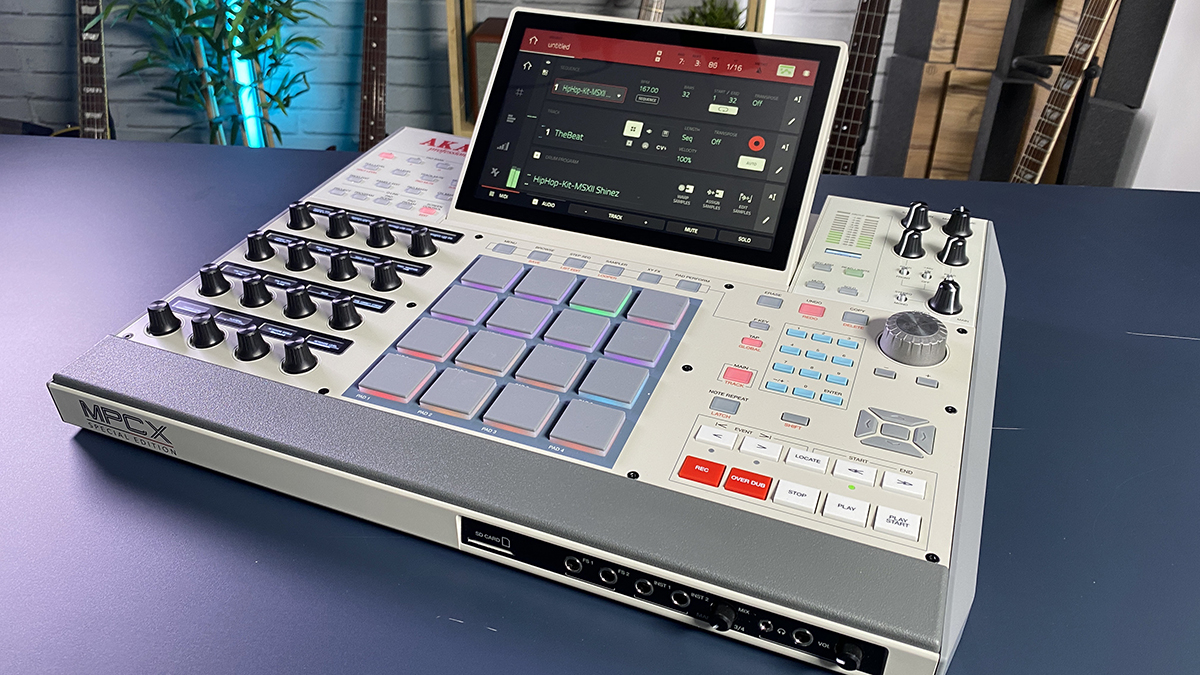
Akai MPC X Special Edition: What is it?
Akai’s imposing MPC X has been at the top of its MPC range since its release in 2017. Now, as Akai marks 35 years since the release of its original MPC 60 sampler, the MPC X Special Edition is launched, sporting a new-but-familiar retro grey finish, and enough under-the-hood refinements to justify another look.
The retro styling is familiar to Akai fans as a nod to its original hardware and has previously been evoked in retro editions of Akai’s MPC Live and MPC One.
We think it looks great, partly for reasons of nostalgia, partly because sometimes we tire of having nothing but black boxes around us. But there’s more to this Special Edition - the original 2 GB of RAM has been doubled to 4 GB, and there’s now 48 GB of internal storage, with 16 GB of that being available for user content.
Also included free, is the entire MPC software instrument plugin bundle as seen on the MPC Key 61 - the collection includes the Fabric Collection of instruments, the OPx4, Hype, Tube, and Bassline synthesisers, DrumSynth, Studio Strings, and various pianos.
The box includes the MPC X SE, power supply, ethernet cable, screen cloth, software download instructions, and a neat rigid display cover.
The top panel bears sixteen velocity/pressure-sensitive pads with eight banks; 16 touch-sensitive 360° Q-Link knobs with individual OLED displays, seven 270° knobs, a large encoder, and 63 dedicated function buttons.
On top of all that, there is, of course, the 10” multitouch display. At the front panel you’ll find an SD card slot, two footswitch inputs, two 1/4” instrument inputs, volume control, 1/8” and 1/4” headphone jacks, and volume control knob.
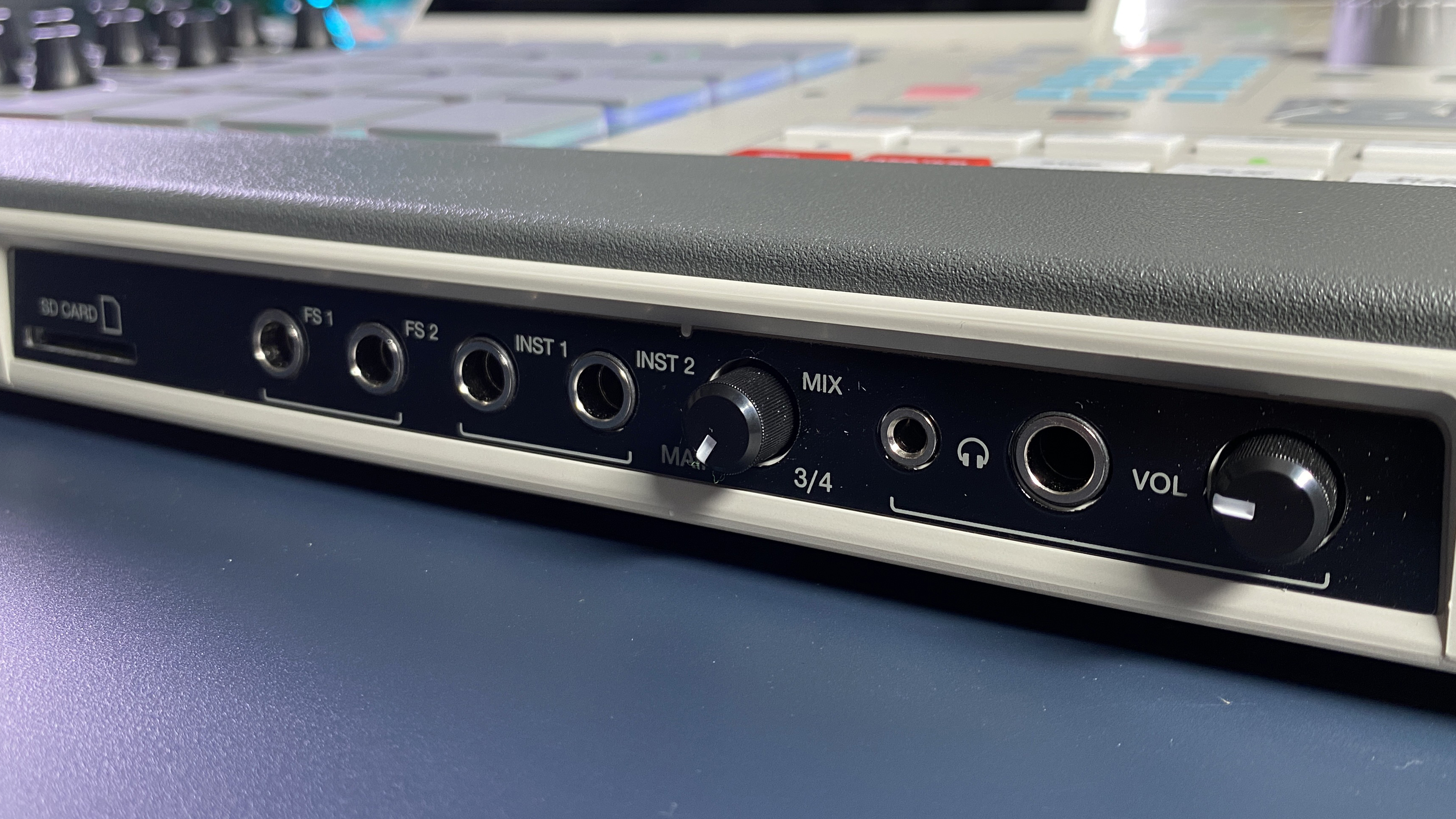
There’s more at the rear, with two XLR/jack inputs, two line inputs, two phono inputs, a turntable ground connector, two main outputs and six extra outputs, all on 1/4", four MIDI DIN outputs, two MIDI DIN inputs The eight CV ports are particularly useful for running modular rigs, and the I/O is rounded off with three USB ports. Finally, underneath is a bay for installing a hard drive.
The display features a kickstand arrangement so it can rest at different angles. On startup, it presents a selection of genre-based demo projects to get you started.
Physically the MPC X SE is a delight to use, with a tactile playground with chunky controls, excellent pads (c’mon it’s an MPC), clear metering, and overall a great advert for one-button-per-function design.
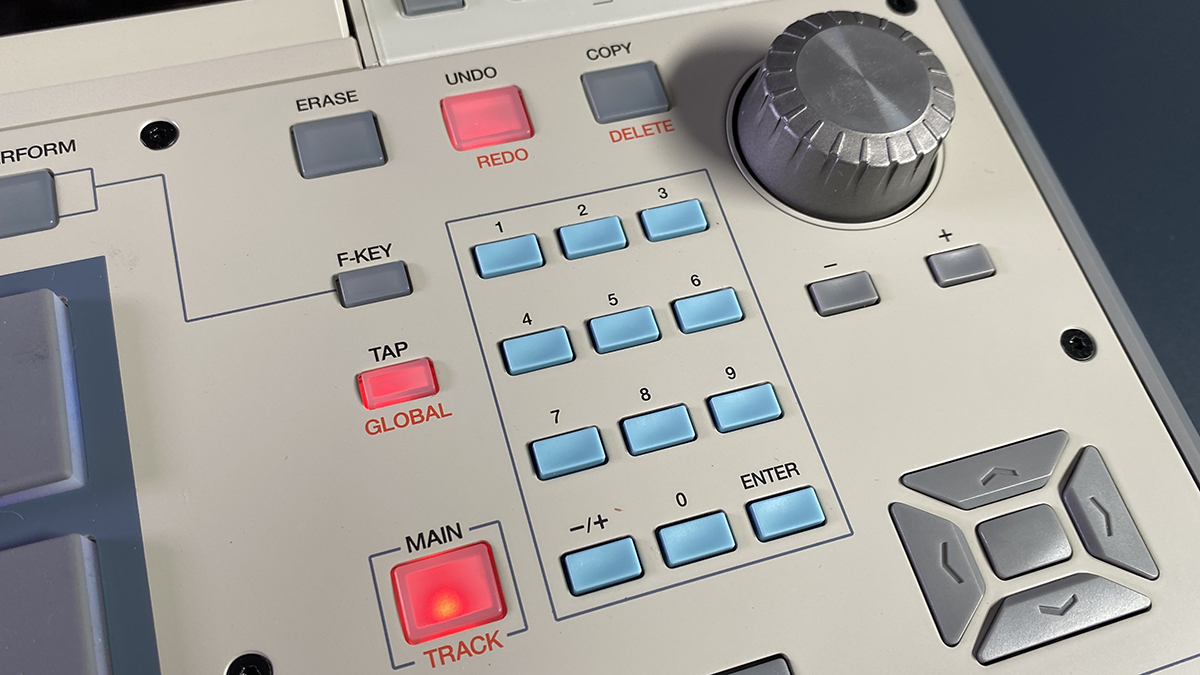
Akai MPC X Special Edition: Performance and verdict
Anybody who’s used a recent-era MPC, or read our reviews of them, already has a fair idea of what the MPC OS is capable of - sampling, looping, recording, sequencing, and more.
It’s also important to note the MPCs integrate with the MPC Studio 2.0 software for macOS and Windows, either sharing projects or acting as hardware controllers. They’ll use Ableton Link wirelessly or via ethernet, to sync up with other software, and can apply a limited amount of control to Ableton Live.
Furthermore, the MPC Studio software can run as an AU/AAX/VST plugin within Live or other DAWs. As well as the demos, sample-based Expansions are pre-installed, such as Essential Instruments 2.0, Essential 808, Essential Synth Bass, and more, with further Expansions available online.
The smaller MPCs give the option of purchasing extra instrument plugins, but all of these are included with the X and Key 61, adding value and musicality to the deal.
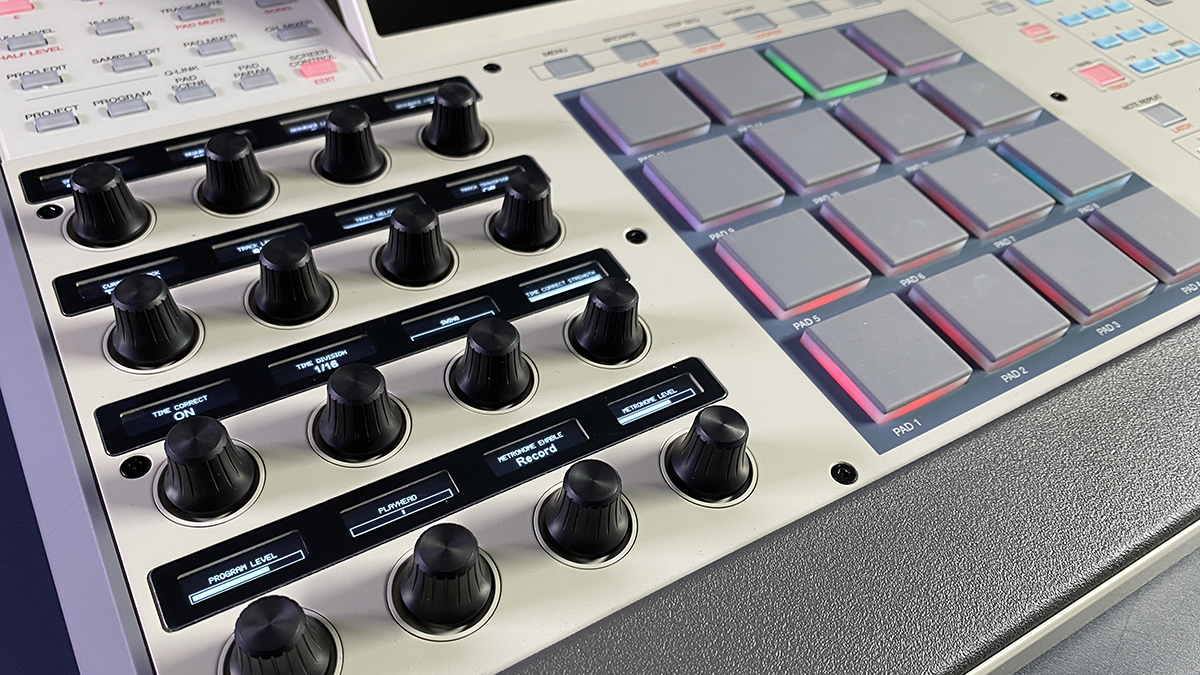
Instruments can be played from the pads, but we preferred to connect a USB MIDI keyboard and play from there instead.
The piano-based plugins are excellent, inside both Fabric and the separate Stage Piano. Very responsive, with great ambient spaces, sounding good on monitors and headphones, and ready to use immediately live or in the studio.
There’s a Mellotron, Organ, Electric Piano, and other keyboard instruments, although our favourites were Studio Strings - an orchestral set including solo, quartet, and full ensemble takes on double bass, cello, violas, and violins, which just sound great, and on the flip side of things, the OPX4 synthesizer, which is a blatantly digital sounding FM type synthesizer.
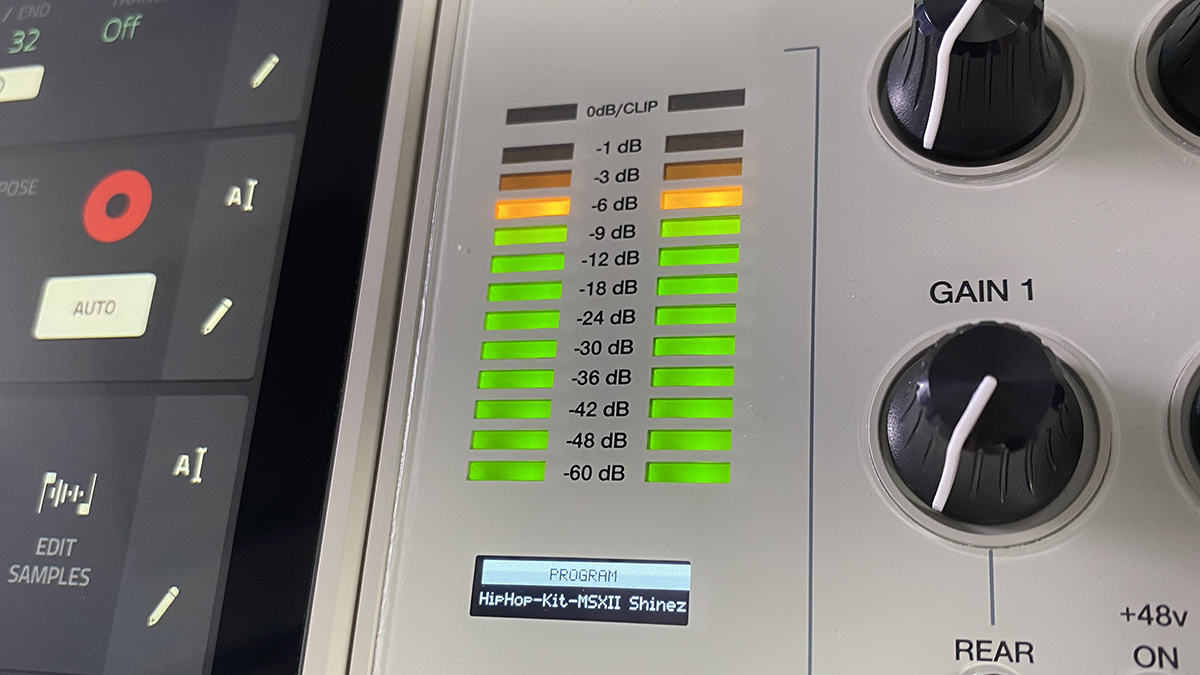
The display provides colourful depictions of these instruments and their controls, sometimes spread over two or more tabs. We were pleasantly diverted from our review tasks to enjoy playing some beautiful soundscapes, while adjusting parameters courtesy of the Q-link knobs.
Having these instruments on board confirms the X’s self-contained status. There are AU/VST/AAX versions of these plugins, included with the MPC Key 61 and MPC X SE, and available to purchase for other MPC users.
As well as the instruments, there’s a comprehensive collection of audio effects from Akai and AIR Music Technology, including the new AIR Vocal Suite, which adds the Vocal Tuner pitch correction plugin, capable of subtle real-time adjustments, or heavy blatant effects for pop genres, Vocal Doubler for thickening and polishing voice tracks, and Vocal Harmonizer, which adds up to four harmonies to your original voice part.
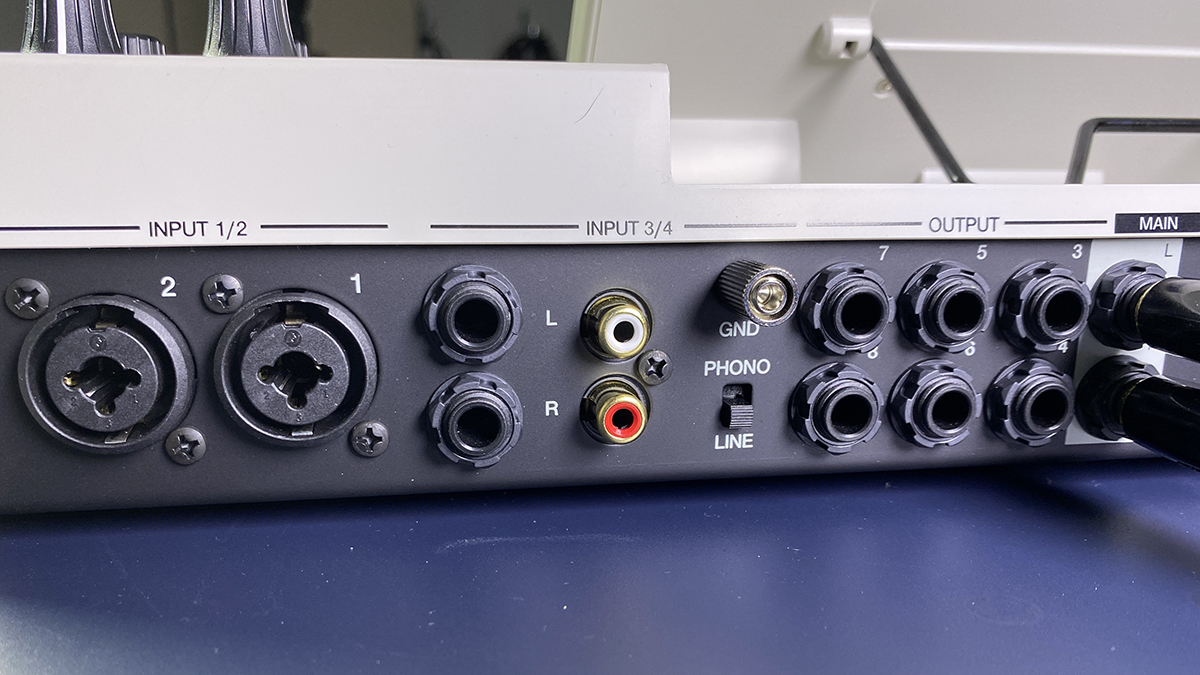
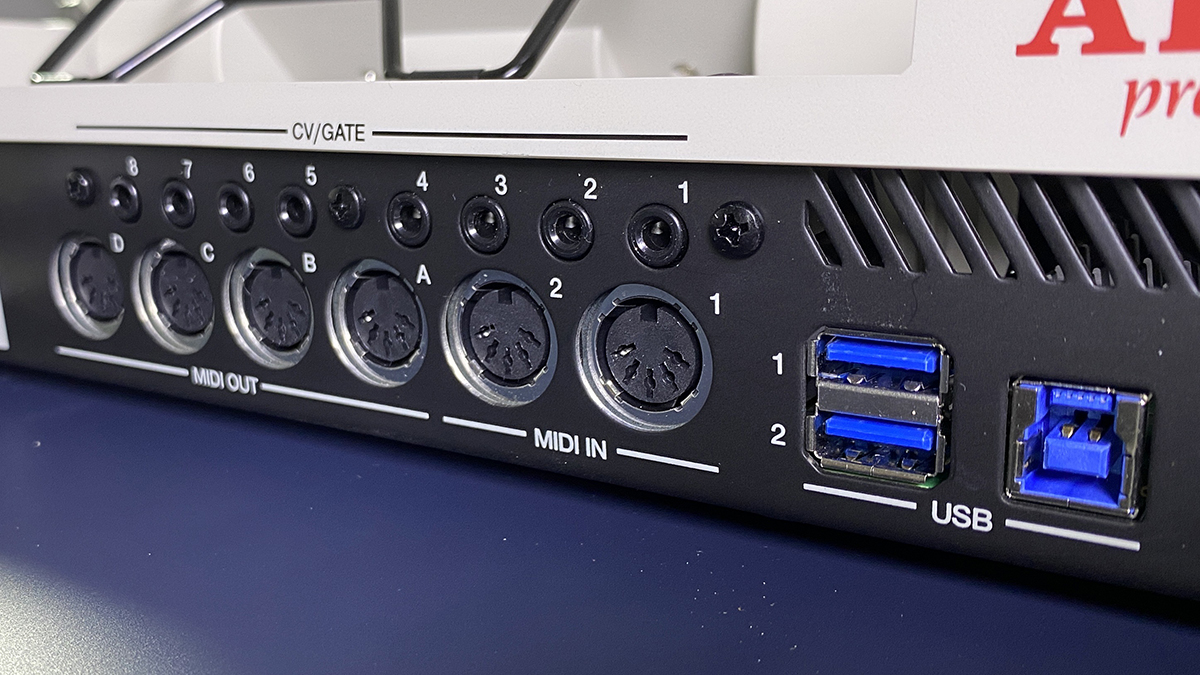
Without a doubt, the MPC X SE will tempt the Akai die-hard who wants to stay loyal while maximising the firepower available.
However, it’s not just for them - anybody could take this on stage and run the whole show, with a MIDI keyboard, CV gear, instruments and mic going through.
This may be viewed by some as ‘only’ a beat-making machine but the connectivity and instruments tell a different story.
MusicRadar verdict: The MPC X Special Edition is a fine update to the original MPC X, a powerful workstation that can find a home in any musical environment, from beat-making to soundtracks to live performance.
Akai MPC X Special Edition: Hands-on demos
Akai Professional
Loopop
Ave Mcree
Akai MPC X Special Edition: Specifications
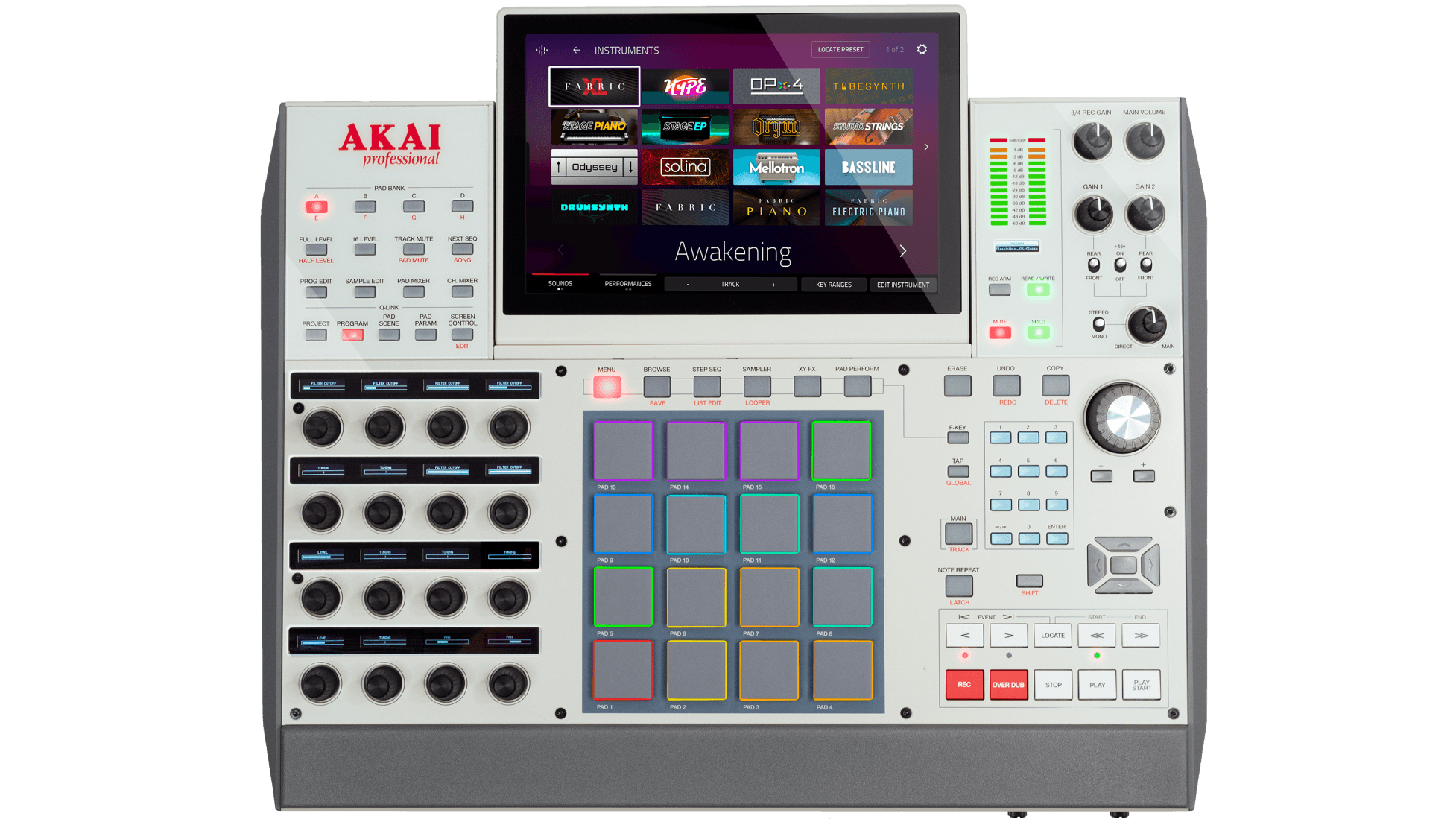
- 16 velocity- and pressure-sensitive pads, RGB-backlit
- Eight banks accessible via Pad Bank buttons
- 16 360° touch-sensitive Q-Link knobs for parameter adjustment
- One 360° encoder for display navigation and selection via push
- Seven 270° knobs for gain, mix & level adjustment
- 63 dedicated-function buttons
- Full-colour LED-backlit 10.1” display with touch interface
- Processor: Quad-core ARM® processor
- RAM: 4 GB
- Storage: 48 GB (over 10 GB available for user storage)
- Power (19 V, 3.42 A, centre-positive, included)
- Two XLR+1/4” (6.35 mm) TRS inputs (Input 1/2)
- Two 1/4” (6.35 mm) TRS inputs (Input 3/4: one stereo pair)
- Two 1/4” (6.35 mm) TS instrument inputs (Inst 1/2)
- Two RCA inputs (Input 3/4: one stereo pair, phono- or line-level)
- Two 1/4” (6.35 mm) TS footswitch inputs (FS 1/2)
- Two 5-pin MIDI inputs (8) 1/4” (6.35 mm) TRS outputs (Main L/R, outputs 3/4–7/8: four stereo pairs)
- Four 5-pin MIDI outputs
- Eight 1/8” (3.5 mm) CV/Gate outputs
- 1/4” (6.35 mm) stereo headphone output
- 1/8” (3.5 mm) stereo headphone output
- Two USB Type-A ports, one USB Type-B port
- SD card slot
- Classic Akai grey finish
- Pre-installed MPC instruments
- New Vocal Suite effects
- Latest MPC OS
- Bay for a user-installed hard drive
- Class-compliant audio interface in controller mode
- Dimensions: 50.5 x 42.4 x 8.7 cm (with the display folded flat)
- Weight: 5.66 kg
- Price: $2,499
- CONTACT: Akai Professional







